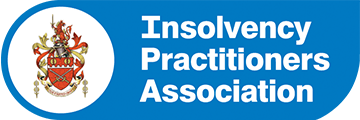What is an Overdrawn Directors' Loan Account
When a director puts money into their company, whether at the outset or to fund a specific business asset, their loan account is in credit. If more money is withdrawn from the account than is available, however, it’s considered to be overdrawn.
The overdrawn amount must be repaid within nine months of the end of the limited company’s accounting period, and detailed records have to be kept of all transactions.
Overdrawn DLAs and benefits-in-kind
When you withdraw money from your company that isn’t salary or a dividend payment, you run the risk of triggering a benefit-in-kind if it’s not repaid in the timescale stated. If the amount withdrawn is £10,000 or more, you haven’t been charged interest on the loan by the company, and can’t claim a ‘qualifying purpose’ for the loan, there will be tax implications.
Your company will have to pay corporation tax on the amount of loan outstanding – this is then repaid to the company when the loan is paid off. You may also face a personal tax liability.
It’s important to seek professional advice on a director’s loan account if you’re unable to pay off the sum within the statutory timescale. We can help you manage the situation and avoid personal financial problems should your business become insolvent.






